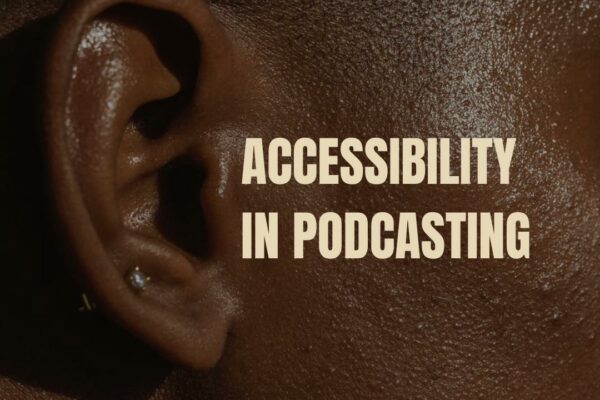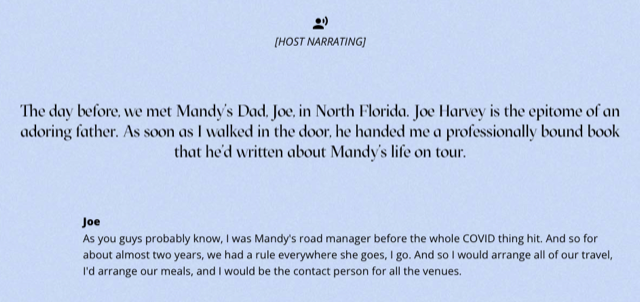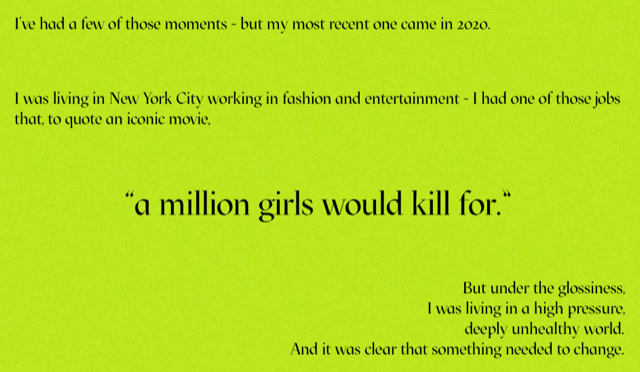
An Accessibility Game-changer
Oct 28th
Have Vox Media cracked podcast accessibility once and for all?
Many of us listen to podcasts regularly. What If we could hear and feel them too? Thanks to Vox Media, we can. If you’re not familiar with their immersive transcript, you’re in for a treat. Simply put, this is a game-changer.
For their new show, More Than This, Vox Media has transformed the way we consume podcasts. In a bid to recreate the podcast experience to be accessible to deaf and hard of hearing audiences, the immersive transcript was born.

(Screenshot from More Than This transcript)
Giving an option for their audience to “experience the podcast visually”, Vox Media have injected life into transcripts, an element of podcasting that is often an afterthought. Generally speaking, automated transcription often leads to inaccuracies and omissions of the elements that make the audio version so captivating. Putting transcripts at the forefront of this project, Vox Media have created a series of beautifully designed transcripts that emulate the listening experience of podcasting perfectly.
Speaking on the project, Annu Subramanian, supervising producer of audio at Vox Creative, explained: “We know transcripts are a popular product in podcasting, but with the features, we built for More Than This, we wanted to elevate the experience of a transcript, by making it more visual by translating the emotions, pacing, and atmosphere of the podcast into a visual medium“, and they have done precisely that.
The project, a “first of many“, was inspired by musician Mandy Harvey, featured in the first episode, who lost her hearing as a music student in college. To bring the project to life, Vox Creative worked with a team of talented engineers, graphic designers and user experience designers before the outcome was tested by a focus group of deaf and hard-of-hearing users led by disability activist and accessibility consultant JamiLee Hoglind.

(Screenshot from More Than This transcript)
Reiterating the need for such developments, JamiLee explained: “As a Deaf creative who grew up in a Deaf artistic family, in a world designed for hearing people, there’s one thing that I can affirm: the Deaf Community is often an afterthought, either intentionally or unintentionally. Within the podcast industry, it’s sacred to discover an authentically accessible podcast that is engineered, designed, and created with an accessibility lens for approximately over 400 millions of Deaf and Hard of Hearing people globally.” Read JamiLees complete statement on accessibility here.
Impressive stuff, isn’t it? Naturally, the entire team at Content is Queen was blown away and overjoyed after experiencing the immersive transcripts. Of course, our first question was, “damn, how can we make this available to every podcaster?”
Enter reality. While it would be incredible to see immersive transcripts widely available, there are two major roadblocks; time and money. Is it likely a one-[wo]man-band could pull off what an entire team at Vox Media did? For many, the answer is no. Unfortunately automated transcripts and close captioning are lacking and often full of inaccuracies. We speak from experience as for Season 4 of our Wanna Be Project, we introduced transcripts, and even after spending time and money on getting them done correctly, there were still mistakes which took a lot of time to correct meaning they couldn’t be released in real-time. Still, it’s a step in the right direction and Vox Media just took a huge leap forward.
If the accessibility of your podcast is something you’ve overlooked previously, here are three things you can implement:
- Add transcripts to your shows
- Ensure your website is accessible
- Convert your shows to an MP4 and upload to YouTube with closed captioning enabled
Happy Podcasting!
